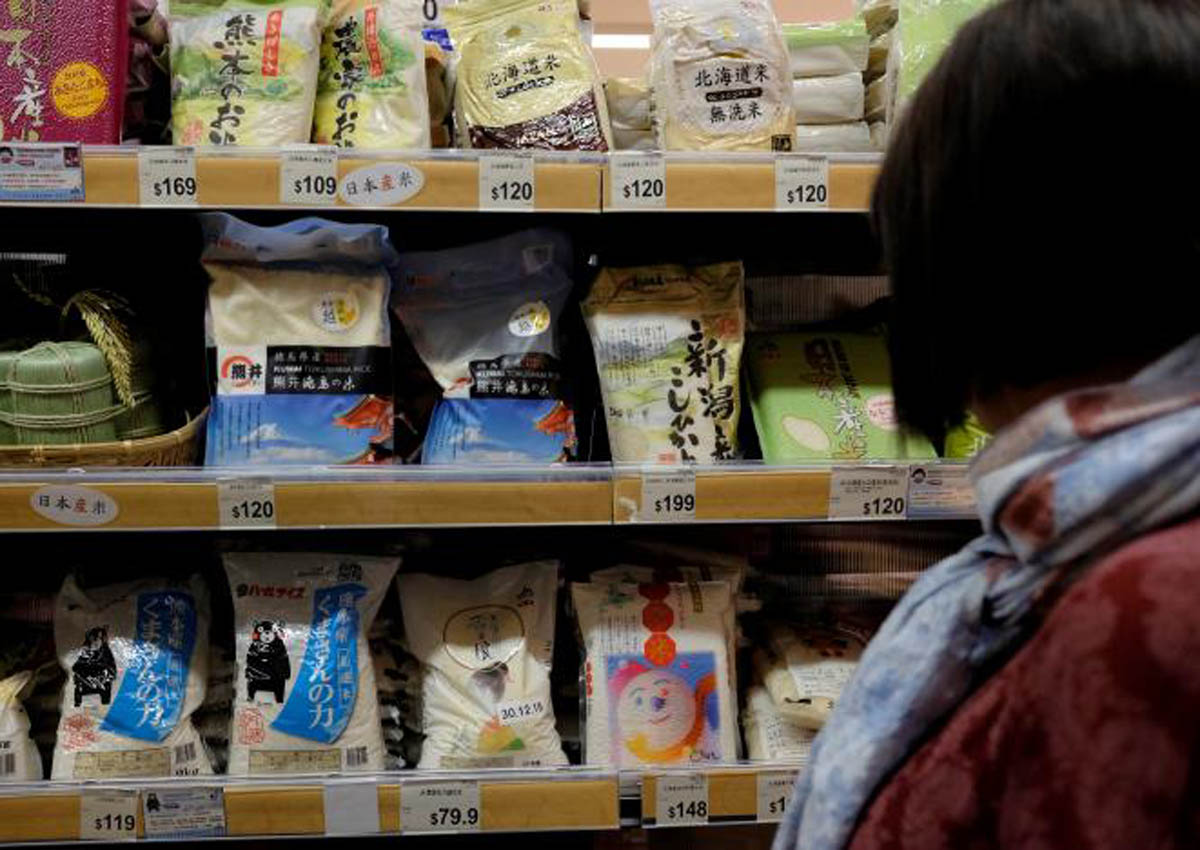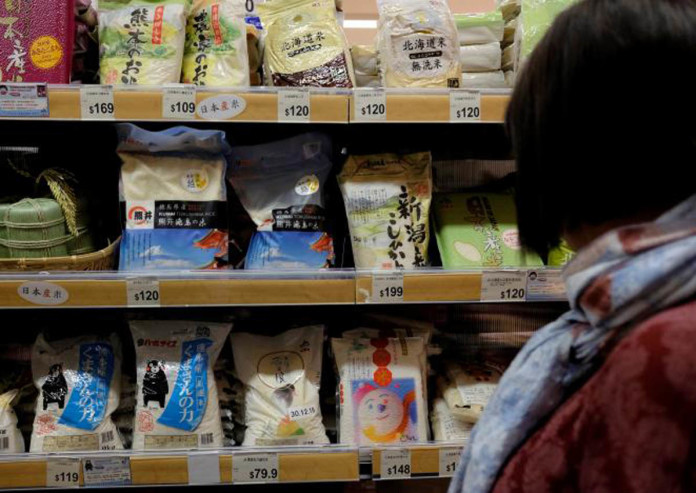Japan’s export engine built around cars and electronics has stalled, but the future could be using the country’s gourmet culture to cast itself as a purveyor of high-quality food.
Prime Minister Shinzo Abe wants to increase agriculture exports by a third in the next three years to 1 trillion yen (S$13.3 trillion), although experts say he needs to aim much higher if food is to become a mainstay export for Japan.
“Italy uses its food culture to drive food exports, and France is doing the same thing with wine,” said Katsunori Nakazawa, head of the export promotion division at the Agriculture Ministry.
“I want this for Japanese food as well. If our farmers don’t sell abroad, our agricultural industry won’t grow.”
The recipe seems pretty simple: better logistics, an advertising blitz and a splash of social media buzz with the tag #japanesefood – and some lobbying of foreign governments.
Japan’s total exports fell an annual 6.9 per cent in September, a 12th straight fall, the finance ministry said on Monday. Shipments of cars, electronics parts and steel all declined, while exports of food rose 7.6 per cent from a year earlier.
Room to grow
In 2015, Japan’s food and marine products exports were worth 745.1 billion yen according to the Agriculture Ministry, which is only 1 per cent of total exports of 75.6 trillion yen.
Auto exports were 10.4 trillion yen or almost 14 per cent of total shipments, while semiconductor and electronic parts brought in 3.9 trillion yen, about 5 per cent of total exports.
Hong Kong is the top destination for Japan’s food exports, and a model of the potential Japan sees in increasing trade. With just 7 million people, the territory takes almost one-quarter of Japan’s food exports and supermarkets commonly stock wagyu beef, soba buckwheat noodles and scallops from Japan.
“I always have confidence in Japanese goods,” said a 66-year-old retiree in Hong Kong who gave her name as Valerie, as she shopped in a Japanese supermarket.
“They will not export produce that are fake or harmful,” she said, touching on the qualities that Japan intends to leverage to increase its food exports.
The United States is Japan’s second-biggest market for food exports, followed by Taiwan, mainland China and South Korea. The agriculture ministry said. Together, the top five destinations accounted for about 70 per cent of food exports last year.
Aim higher
Scallops, salmon and trout are the top food exports to China. Japan plans to lobby Beijing to let in its beef, pork and dairy products, and also wants China to lift import restrictions that were put in place after the Fukushima nuclear meltdown.
Rice exports to China are growing fast, so Japan plans to increase domestic processing plants authorised to ship to China.
In Southeast Asia, Japan will lobby Malaysia to allow beef imports and get halal certification. The government also wants to sell more rice, fruit and green tea in Thailand and Vietnam.
Sales of sake rice wine and green tea to Europe are already booming, and Japan plans a marketing push to further increase brand awareness and will lobby European countries that restrict beef imports.
The government has allocated almost US$200 million for targeted improvements to agriculture trade infrastructure, such as better storage facilities near airports and meat processing plants that will comply with foreign health standards.
“I think we can easily get to 1 trillion yen, so we need to be thinking about the next goal,” said Yasufumi Miwa, a senior specialist in agriculture at Japan Research Institute who serves on advisory panels at the Agriculture Ministry.
“Once we get to 5 trillion yen, I think agriculture can become a mainstay for exports along with cars and electronics.”






